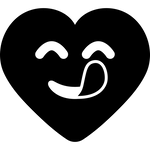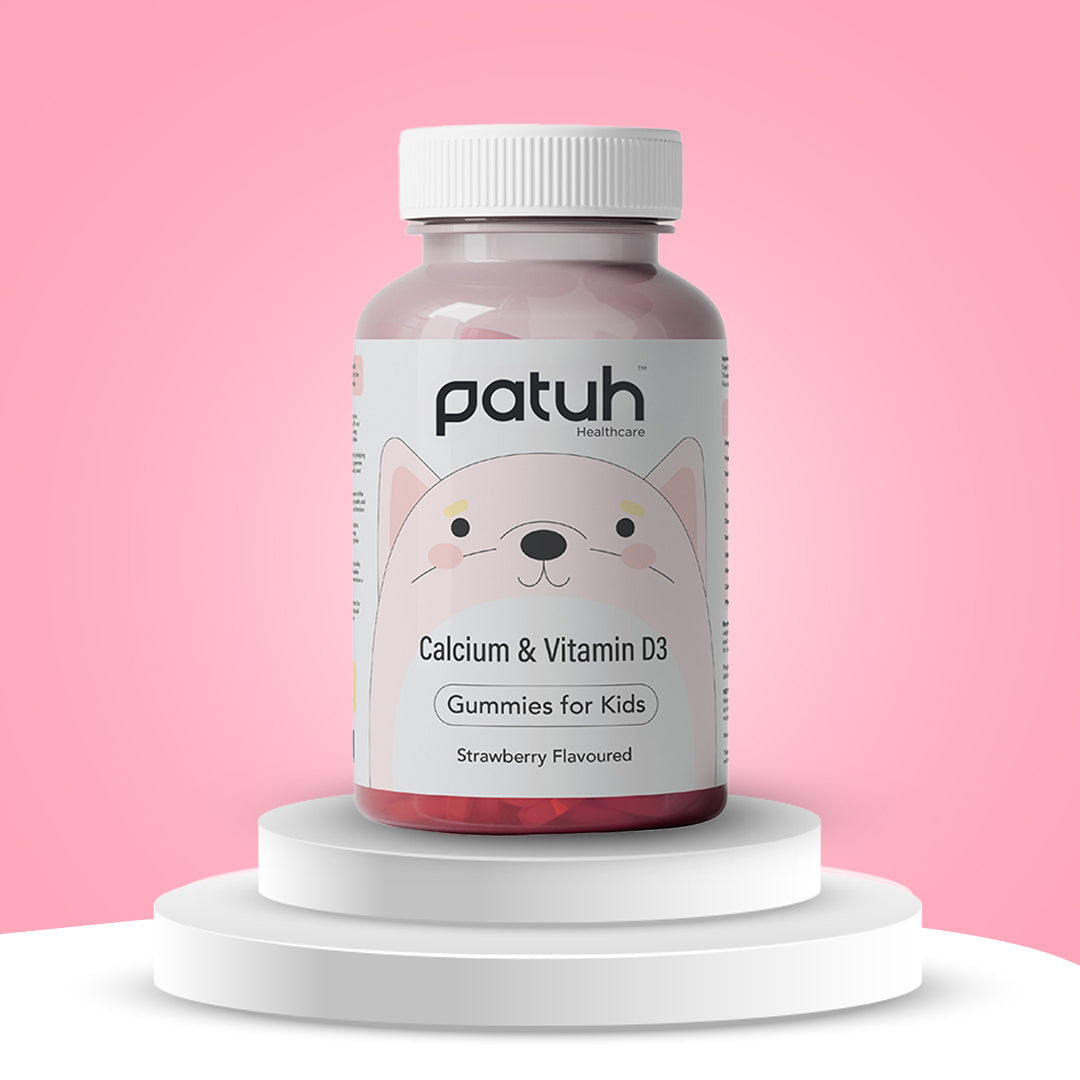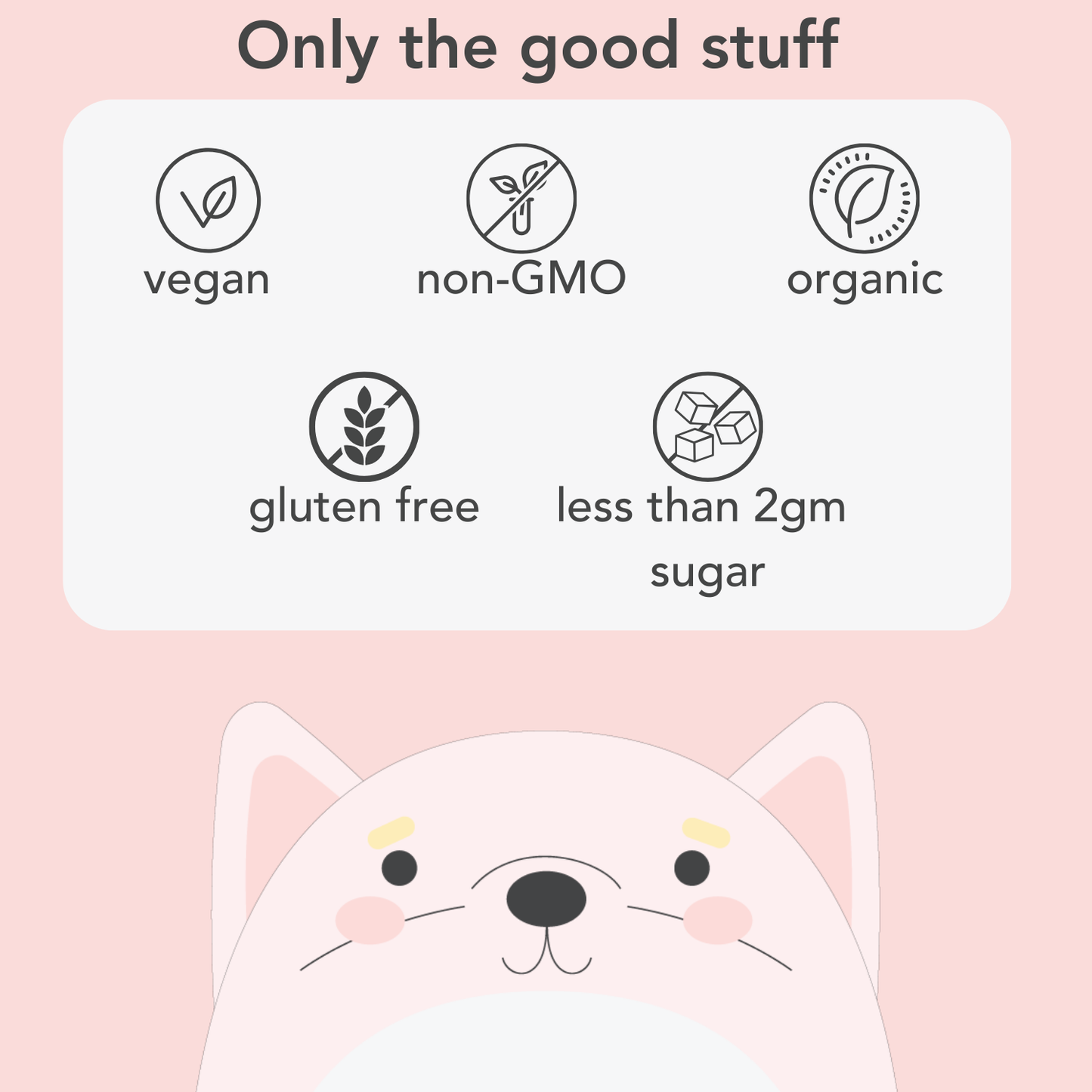Calcium + Vitamin D3 Gummies for Kids
Calcium + Vitamin D3 Gummies for Kids




Bone Health Supplement
Couldn't load pickup availability






Benefits of Calcium & Vit D3 Gummy Supplement
Promotes Bone Health
Calcium and Vitamin D3 are vital nutrients for growing children, playing a crucial role in the development and maintenance of strong bones and teeth. Our gummies deliver a potent combination of Calcium and Vitamin D3, supporting optimal bone mineralization and density.
Enhances Calcium Absorption
Vitamin K2 works synergistically with Calcium and Vitamin D3 to promote better absorption and utilization of Calcium in the body. By including Vitamin K2 in our formula, we ensure that your child receives the full benefits of Calcium for their bone health.
Supports Eye Health
DHA, a type of Omega-3 fatty acid, is a major structural component of the retina in the eye. By including Omega-3s in our gummies, we help support your child’s eye health and vision, ensuring that their eyes receive the nutrients they need for proper development and function.
Supports Growth and Development
During childhood and adolescence, proper nutrition is essential for healthy growth and development. Our gummies provide a convenient way to supplement your child’s diet with essential nutrients, ensuring they have the support they need for overall well-being.
Delicious and Convenient
Our gummies are not only nutritious but also irresistibly delicious, featuring a delightful strawberry flavor that kids love. With the convenience of chewable gummies, you can easily incorporate them into your child’s daily routine, making supplementation hassle-free.
Maintains Immune Function
Vitamin D3 is known for its role in supporting immune function. By including Vitamin D3 in our gummies, we help bolster your child’s immune system, aiding in their body’s defense against common illnesses.

Calcium & Vit-D3
- IMPROVES BONE DENSITY
- STRONGER BONES & HEALTHY GROWTH
- SUPPORTS TEETH
- INCREASED IMMUNITY
- BOOSTS EYE HEALTH
Frequently Asked Questions
How much dietary fiber should children consume daily?
The recommended daily intake of dietary fiber for children varies by age and gender. According to the Institute of Medicine (IOM), the daily fiber intake should be:
– Ages 1-3 years: 19 grams
– Ages 4-8 years: 25 grams
– Ages 9-13 years: 26 grams for girls and 31 grams for boys
– Ages 14-18 years: 26 grams for girls and 38 grams for boys
Dietary fiber is essential for maintaining healthy digestion, preventing constipation, and promoting overall gastrointestinal health.
Are there any potential side effects of natural colorants in children's supplements?
Natural colorants, such as curcumin (from turmeric) used in the gummies, are generally considered safe and are preferred over synthetic dyes. However, some potential side effects could include:
Allergic Reactions: While rare, some children might have allergies to natural colorants. Symptoms could include rashes, itching, or gastrointestinal discomfort.
Interaction with Medications: Certain natural colorants might interact with medications. For example, turmeric can interact with blood-thinning medications.
Excessive Intake: Consuming large amounts of natural colorants could lead to digestive issues or other health concerns, although this is uncommon with the quantities typically used in supplements.
Parents should monitor their children’s intake of supplements and consult a pediatrician if they have concerns about allergies or interactions with medications.
How can parents ensure that their children get enough Omega-3s if they don't consume fish?
Parents can ensure their children get enough Omega-3s by incorporating alternative sources into their diet. Some good sources include:
Flaxseeds and Flaxseed Oil: Rich in ALA (alpha-linolenic acid), a type of Omega-3 fatty acid.
– Chia Seeds: Another plant-based source high in ALA.
– Walnuts: A convenient snack option that provides a healthy dose of Omega-3s.
Hemp Seeds: Can be added to smoothies, cereals, or baked goods.
Algal Oil: A plant-based supplement derived from algae, which is rich in DHA and EPA, similar to fish oil.
Fortified Foods: Some foods like eggs, milk, and yogurt are fortified with Omega-3s.
Ensuring a varied diet that includes these sources can help meet the Omega-3 requirements without relying on fish.
What are the best dietary sources of fiber for children?
Children can get dietary fiber from a variety of foods, including:
– Fruits: Apples, pears, berries, oranges, and bananas are excellent sources.
– Vegetables: Carrots, broccoli, peas, sweet potatoes, and spinach are fiber-rich options.
– Whole Grains: Oatmeal, whole grain bread, brown rice, quinoa, and whole grain cereals.
– Legumes: Beans, lentils, chickpeas, and peas are high in fiber and also provide protein.
– Nuts and Seeds: Almonds, chia seeds, flaxseeds, and sunflower seeds.
– Popcorn: A fun and fiber-rich snack, as long as it is not loaded with butter or salt.
Including a mix of these foods in daily meals can help children meet their fiber needs, supporting digestive health and overall well-being.
You may also like
-
 Discount
DiscountIron Gummies for Kids
Regular price From Rs. 280.00Regular priceUnit price / perRs. 455.00Sale price From Rs. 280.00Discount -
Calcium + Vitamin D3 Gummies for Kids
Regular price From Rs. 280.00Regular priceUnit price / perRs. 450.00Sale price From Rs. 280.00Discount -
 Discount
DiscountOmega 3 Gummies for Kids
Regular price From Rs. 320.00Regular priceUnit price / perRs. 490.00Sale price From Rs. 320.00Discount -
 Discount
DiscountMultivitamin Gummies for Kids
Regular price From Rs. 290.00Regular priceUnit price / perRs. 435.00Sale price From Rs. 290.00Discount









